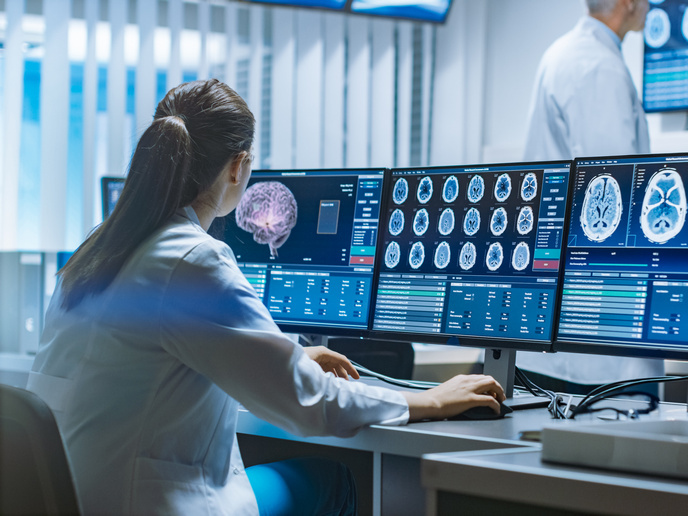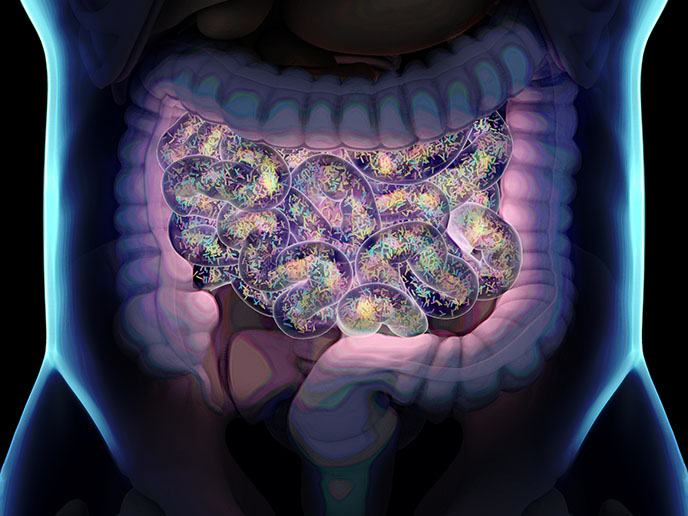‘Psychocells’ open up new therapeutic possibilities
Neuropsychiatric disorders(opens in new window), such as schizophrenia, represent a major societal and individual burden. Poor attention, decision-making and short-term memory, as well as difficulties in abstract thinking, are typical characteristics. Cognitive deficits often emerge even before the clinical onset of disease during young adulthood, and persist throughout a person’s entire life. “Most neuropsychiatric studies have focused on the causes of disease with the aim of developing therapies,” notes PSYCHOCELL project coordinator Ileana Hanganu-Opatz(opens in new window), a professor from the University Medical Center Hamburg-Eppendorf(opens in new window) in Germany. “Schizophrenia has a dual origin, being caused by defects in various genes, in combination with environmental stressors such as embryonic viral exposure, drug abuse and social neglect.”
Brain deficits during disease development
It has been hypothesised that schizophrenia is a neurodevelopmental disorder, i.e. that brain impairment happens long before the emergence of clinical symptoms. However, experimental evidence has been rather sparse, due in part to ethical and technical limitations of brain investigations in human babies and children. The European Research Council(opens in new window) funded PSYCHOCELL project sought to overcome these difficulties by using mouse models to identify the causes of disease. The project team had previously developed groundbreaking techniques to monitor brain function and manipulate neuronal activity in mice from birth. “The major goal of the project was to identify the brain deficits that are present during the early development and contribute to later disease symptoms in young adulthood,” explains Hanganu-Opatz. “Specifically, we were searching for the ‘psychocells’ – those neurons that might be particularly vulnerable to dysfunction, and therefore potential targets amenable to future therapies.”
Interactions within prefrontal-hippocampal networks
Hanganu-Opatz’s lab investigated areas of the brain devoted to cognitive abilities that are profoundly disrupted in schizophrenia: the prefrontal cortex(opens in new window) and hippocampus(opens in new window). Within the prefrontal cortex, Hanganu-Opatz and her team were able to show that some neurons in the upper cortical layers generate fast oscillatory rhythms. These were identified as critical for the cognitive performance of adult mice. “In line with the rather provocative title of this high-risk project, we were able to identify a group of neurons in the prefrontal cortex we could call ‘psychocells’,” she says. “These neurons are the ones that generate fast oscillatory activity in the prefrontal cortex.” In the investigated mouse models of schizophrenia, the upper layer pyramidal neurons were not able to generate these rhythms. This was because they lacked the necessary synaptic connections that have been excessively engulfed by hyperactive microglia, the immune cells of the brain. Crucially, reducing the microglial activity with antibiotics during a specific developmental period rescued brain dysfunction and cognitive impairment at adult age.
Different stages of disease development
Shortly after the project’s results were published, psychiatrists from several universities contacted Hanganu-Opatz in order to conduct further pilot tests in high-risk subjects. ”Unfortunately the mouse data obtained until now clearly shows that reducing microglial activity was only efficient during a defined time window of very early (i.e. in humans, embryonic) development,” she adds. “To transition from mice to humans, we need to monitor later stages of development, to identify other time windows of higher prefrontal vulnerability. This might enable selective treatments through targeting specific ‘psychocells’.” Hanganu-Opatz aims to continue her work through collaborating with clinicians, and eventually testing specific manipulations of targeted cells in human high-risk subjects.







